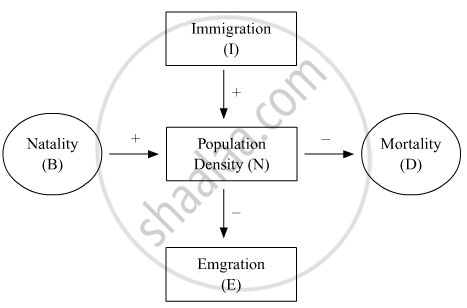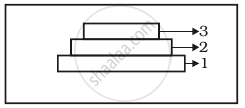Advertisements
Advertisements
प्रश्न
Define population
उत्तर
A population is a group of individuals of the same species capable of interbreeding among themselves found in a geographical area. For example, all the frogs identified as Rana tigrina living in a given pond constitute a population. Similarly, all water hyacinth plants (Eichhornia) growing in that pond form another population. Organisms of the same kind may form several populations inhabiting different geographical areas.
APPEARS IN
संबंधित प्रश्न
(a) Name the two growth models that represent population growth and draw the respective growth curves they represent.
(b) State the basics for the difference in the shape of these curves
(c) Which one of the curves represents the human population growth at present? Do you think such a curve is sustainable? Give reason in support of your answer.
Represent diagrammatically three kinds of age-pyramids for human populations.
How does an age pyramid for human population at given point of time helps the policy-makers in planning for future.
"Analysis of age-pyramids for human population can provide important inputs for long-term planning strategies." Explain.
If a population growing exponentially double in size in 3 years, what is the intrinsic rate of increase (r) of the population?
What is an age-pyramid?
Define the Carrying capacity.
Answer the following question.
What is "population" according to you as a biology student?
Study the flow chart given below and complete the equation that follows by identifying 1, 2, 3 and 4.

Nt + 1 = Nt + {(1+ 2) − (3 + 4)}
Give an account of population regulation.
Measures of ‘Central tendency’ refer to:
`"dN"/"dt" = "rN" (("K"- "N")/"K")` in logistic growth "K" represents:
Age distribution in a population can influence
Which of the following would necessarily decrease the density of a population in a given habitat?
The density of a population in a habitat per unit area is measured in different units. Write the unit of measurement against the following:
Deer

What type of population growth is represented by the above age pyramid?
Define ‘zero population growth rate’. Draw a age pyramid for the same.
With the help of neatly labelled diagrams, explain the different types of age pyramids of human population.
